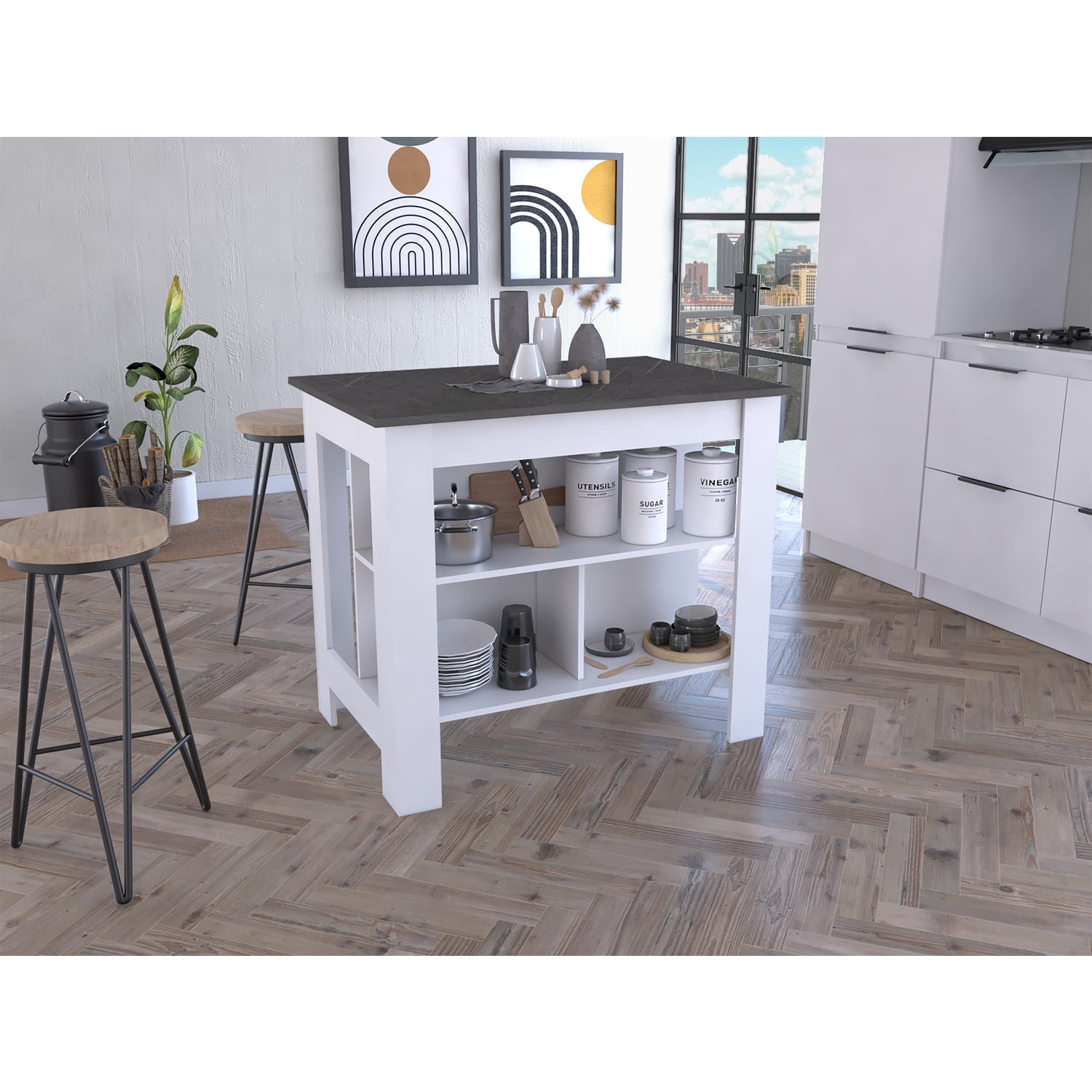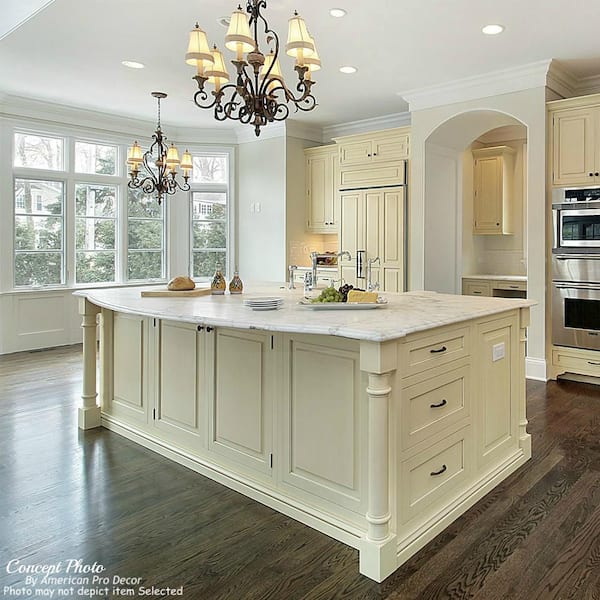Crucial Variables to Take Into Consideration When Choosing Legs For Kitchen Area Island
Picking the suitable legs for a cooking area island involves a mindful assessment of numerous factors that can substantially influence both performance and visual appeal. As we discover these elements, it ends up being clear that each choice can have far-reaching ramifications for the total kitchen experience.
Product Options
When picking legs for a kitchen island, recognizing the various material alternatives is essential for accomplishing both visual appeal and structural stability (Legs For Kitchen Island). The selection of material considerably affects not just the resilience of the island however additionally its total design and performance
Steel legs, usually made from stainless steel or functioned iron, add a modern-day and commercial feel while making sure toughness and security. These materials are resistant to wear and can support significant weight, making them excellent for bigger islands.
An additional choice is engineered materials, like MDF or plywood, which can be more cost-effective while still offering a variety of coatings. They may not offer the same degree of stability as solid timber or steel. Legs For Kitchen Island. Lastly, materials such as acrylic or glass can develop a contemporary look, though they might need additional assistance to make sure stability.
Ultimately, the selection of product for kitchen area island legs ought to straighten with the preferred functionality and the total theme of the cooking area.
Style and Design
:max_bytes(150000):strip_icc()/pink-marble-tile_House-of-Harvee-9f030193ae38484a9cb7ea2d71af66f4.jpg)
When taking into consideration design, the form and coating of the legs are important. Tapered legs can provide a sense of lightness and beauty, while thicker, more robust legs can share strength and stability. Furthermore, the surface-- be it painted, discolored, or all-natural-- ought to match the cabinets and kitchen counter materials to produce a unified appearance.
Additionally, the style of the legs can also show personal taste. Customized or ornamental legs, such as those featuring intricate carvings or unique geometric forms, can function as focal factors, adding character and individuality to the cooking area. Eventually, the ideal choice will not just improve functionality but additionally raise the aesthetic allure, making the cooking area island a standout function of the home.
Height Factors To Consider
Picking the appropriate elevation for kitchen island legs is important, as it straight affects both capability and comfort. The common height for a kitchen area island commonly ranges from 36 to 42 inches, straightening with common counter top elevations.

It is likewise vital to represent users' preferences and elevations. Tailoring the height can ensure a comfy experience for all relative, making the cooking area island a much more pleasurable and useful room.
Weight Support
Ensuring ample weight support for cooking area island look at these guys legs is crucial for both safety and capability. The kitchen area island often offers multiple functions, including cooking, dining, and extra storage, requiring a durable support framework. When selecting legs, it is critical to think about the total weight capacity called for based on the island's meant usage and the materials that will certainly be put on it.
The option of product for the legs plays a significant function in their weight-bearing capacities. Solid timber, steel, and heavy-duty compounds generally offer premium strength compared to lighter products. Additionally, the style of the legs-- whether they are right, tapered, or have a pedestal form-- can influence their capacity to disperse weight efficiently throughout the framework.
Moreover, the leg placement must be purposefully planned to enhance stability. Legs placed at the edges or with a bigger base can better support much heavier tons. Constantly get in touch with the producer's specs relating to lots restrictions to ensure that the legs can sustain the designated weight without jeopardizing security. In recap, picking cooking area island legs with ample weight assistance is essential for creating a safe and functional culinary space.
Installation and Maintenance
Proper installment and maintenance of kitchen island legs are essential for making sure longevity and security. This typically involves protecting the legs to the island base using ideal fasteners, making certain that the legs are level and straightened.
Once mounted, regular upkeep is necessary to protect the integrity and appearance of the legs - Legs For Kitchen Island. For wood legs, periodic cleansing with a damp fabric and application of ideal wood gloss can protect against wetness damages and maintain their surface. Steel legs may need a mild cleaning option to get rid of grease and gunk, Recommended Reading adhered to by a dry fabric to stop rust formation
In addition, inspect the legs on a regular basis for indicators of wear or damages, such as cracks or loose joints. Tightening screws or bolts as needed can likewise extend the life expectancy of the legs. By sticking to these installment and upkeep techniques, homeowners can ensure that their kitchen island remains durable and visually appealing for many years to find.
Final Thought

Visual comprehensibility is critical in choosing the design and layout of legs for a kitchen island, as these elements considerably affect the total ambiance of the space. Tapered legs can supply a feeling of agility and elegance, while thicker, much more robust legs can communicate stamina and click reference security.Picking the ideal elevation for cooking area island legs is critical, as it directly impacts both capability and comfort. In recap, choosing kitchen area island legs with adequate weight support is crucial for producing a safe and practical culinary room.
In conclusion, picking legs for a kitchen island necessitates mindful factor to consider of numerous variables, consisting of product choices, design, height, weight support, and installation.
 Rick Moranis Then & Now!
Rick Moranis Then & Now! Seth Green Then & Now!
Seth Green Then & Now! Sydney Simpson Then & Now!
Sydney Simpson Then & Now! Mason Reese Then & Now!
Mason Reese Then & Now! McKayla Maroney Then & Now!
McKayla Maroney Then & Now!